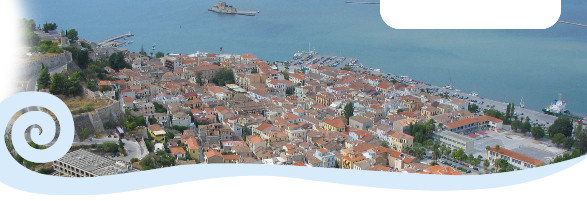|
PLAKA: Lying just beneath the Acropolis, is famous for its plentiful neoclassical architecture, making up one of the most scenic districts of the city. It remains a traditionally prime tourist destination with a number of picturesque taverns, live performances and street salesmen. MONASTIRAKI: It is well-known for its string of small shops and markets, as well as its crowded flea market and taverns specializing in souvlaki. Another district notably famous for its student-crammed, stylish cafes is Theseum or Thission, lying just west of Monastiraki. Thission is home to the ancient Temple of Hephaestus, standing atop a small hill. SYNTAGMA: Syntagma Square, is the capital’s central square, lying adjacent to Parliament and the city’s most noted hotels. Ermou Street, an approximately 1 km long pedestrian road connecting Syntragma Square to Monastiraki, has traditionally been a consumer paradise for both Athenians and tourists. Complete with fashion shops and shopping centres promoting most international brands, it now finds itself in the top 5 most expensive shopping streets in Europe, and the tenth most expensive retail street in the world. Nearby, the Army Fund building in Panepistimiou Street includes the “Attica” department store and several up market designer stores OMONIA: Omonia Square is the oldest square in Athens, It is surrounded by hotels and fast food outlets, and contains a train station used by the Athens Metro and the Ilektrikos. The square often becomes the focus for celebration of sporting victories. KOLONAKI: The Kolonaki area, at the base of Lycabettus hill, is full of boutiques catering to well-heeled customers by day, and bars and more fashionable restaurants by night, but at other points also a wide range of art galleries and museums. This is often regarded as one of the more prestigious areas of the capital. PIREUS: The city provides the people with a wide variety of choices for entertainment. Piraeus is famous for its taverns and restaurants, renowned for their cuisine. The majority of them are arrayed along the coasts of Mikrolimano and Piraiki, specializing is seafood and fish dishes, and attracting a lot of visitors, including tourists. The nightlife of the city is swinging, with numerous bars and nightclubs scattering around. Plenty of major shopping areas can be found on the central avenues of Piraeus, Iroon Polytechneiou and Grigoriou Labraki. NATIONAL GARDEN: It is a peaceful, green refuge of 15.5 hectares in the centre of Athens. It is located directly behind the Greek Parliament Building and continues to the south area where the Zappion is located, across from the Panethenaiko or Kalimarmaro Olympic Stadium of the 1896 Olympic Games. LYCABETTOS-HILL: This hill is really a limestone rock reaching almost 1.000 feet into the once crystalline Athenian sky. In the evening, the top half is floodlit. By day, it’ s a green-and white hill toppoed by a tiny, flaringly white church, Agios Georgios. PSIRRI: The place of Athens nightlife. Psirri looks different in day – it is interesting place during the day and magic in night. Sometimes there so big crowd that you can not walk through. Athens has buses, trolleys, metro and tram for the transport needs. The Athens Metro (subway) Attiko Metro has 3 lines, the old one line M1 (ISAP) that starts from Pireus and ends in Kifissia and the new Athens Metro lines M2 that starts from Agios Antonios and ends to Agios Dimitrios, and the line M3 that starts from Egaleo and ends at Doukissis Plakentias, from there you can take the Athens suburban railway (Proastiakos) to the Airport. The metro trains are clean, smooth and very fast and while waiting for your train, you can enjoy the piped-in classical music in the downtown metro stations. Quite a few stations also have a permanent exhibition of the archeological finds during construction. The tram connects Athens from Parliament square all the way down to Syngrou Avenue and continues along the coastal Posidonos Avenue to the south coastal suburbs until Glyfada. From the port of Pireus are departing all Greek ferries to the Aegean island, Crete and the Saronic islands.
|







